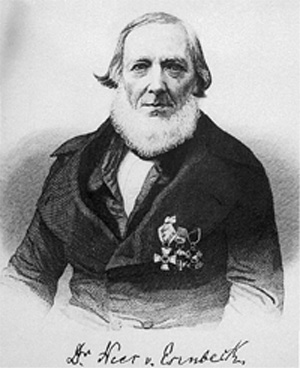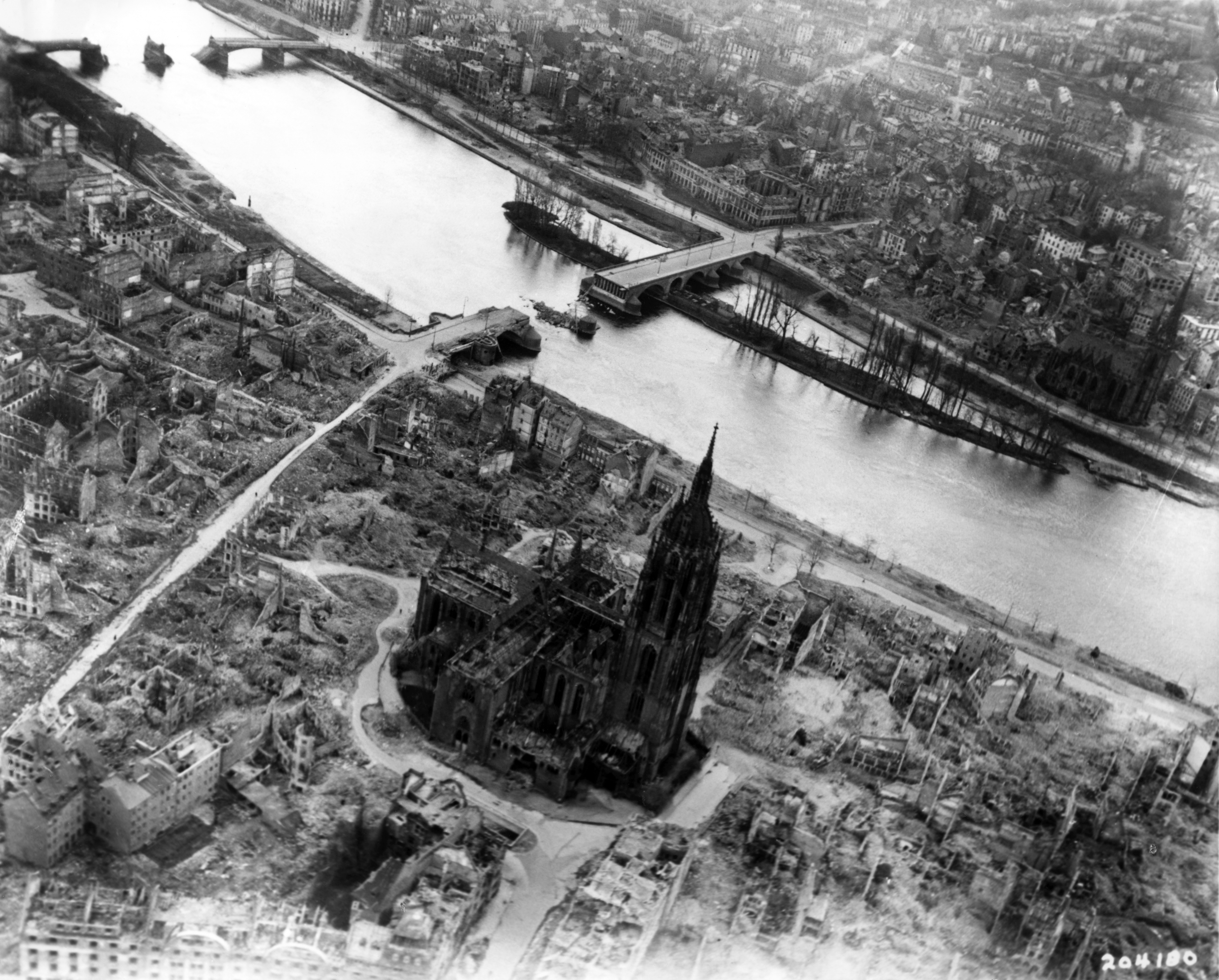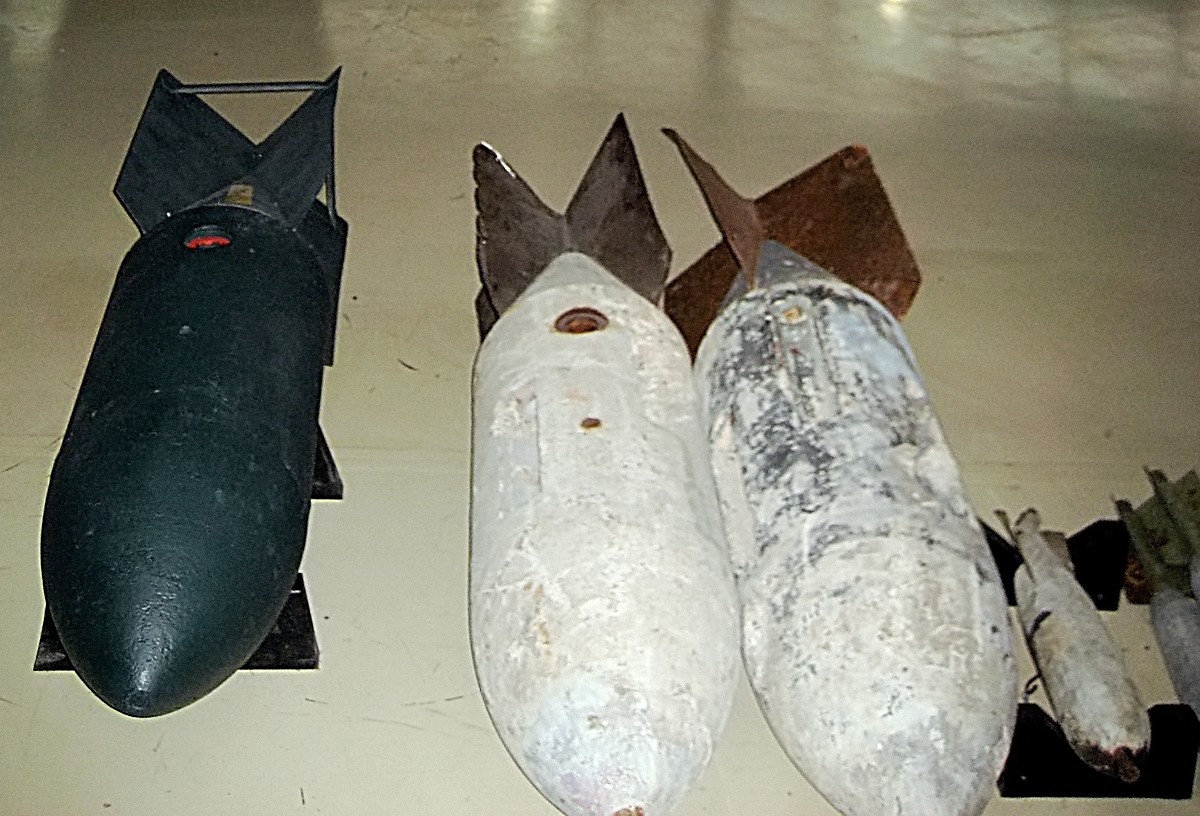|
Musisches Gymnasium Frankfurt
The Musisches Gymnasium Frankfurt was an educational institution leading to a university entrance qualification within the framework of the National Socialist Education System. It was founded in 1939 as the first ''Musisches Gymnasium'' of the then Greater German Reich at Adolf Hitler's request and closed after the end of the Second World War in 1945. The school was under the direct supervision of the Reich Ministry of Science, Education and Culture, and the city of Frankfurt was the school authority. It became known under its director Kurt Thomas. In its internal constitution, the Musisches Gymnasium retained a special position within the National Socialist elite schools, for example through the performance of otherwise suppressed church musical works or the inclusion of confessional religious instruction in the timetable. Plans and aims As early as 1921, Leo Kestenberg, a pianist, music teacher and cultural politician of Jewish descent, had developed the plan for a music co ... [...More Info...] [...Related Items...] OR: [Wikipedia] [Google] [Baidu] |
Reich Ministry Of Science, Education And Culture
The Reich Ministry of Science, Education and Culture (german: , also unofficially known as the "Reich Education Ministry" (german: ), or "REM") existed from 1934 until 1945 under the leadership of Bernhard Rust and was responsible for unifying the education system of Nazi Germany Nazi Germany (lit. "National Socialist State"), ' (lit. "Nazi State") for short; also ' (lit. "National Socialist Germany") (officially known as the German Reich from 1933 until 1943, and the Greater German Reich from 1943 to 1945) was ... and aligning it with the goals of Nazi leadership. Background The REM was the successor to the former ''Preußisches Ministerium für Wissenschaft, Kunst und Volksbildung'' (Prussian Ministry of Science, Art and Culture), creating for the first time in Germany a centralized and hierarchical institution in control of the Reich's education sector. In 1934, the REM took over from the ''Reichsinnenministerium'' (Reich Interior Ministry) the supervision of c ... [...More Info...] [...Related Items...] OR: [Wikipedia] [Google] [Baidu] |
Frankfurter Allgemeine Zeitung
The ''Frankfurter Allgemeine Zeitung'' (; ''FAZ''; "''Frankfurt General Newspaper''") is a centre-right conservative-liberal and liberal-conservativeHans Magnus Enzensberger: Alter Wein in neuen Schläuchen' (in German). ''Deutschland Radio'', 16 October 2007 German newspaper founded in 1949. It is published daily in Frankfurt. Its Sunday edition is the ''Frankfurter Allgemeine Sonntagszeitung'' (; ''FAS''). The paper runs its own correspondent network. Its editorial policy is not determined by a single editor, but cooperatively by four editors. It is the German newspaper with the widest circulation abroad, with its editors claiming the newspaper is delivered to 148 countries. History The first edition of the ''F.A.Z.'' appeared on 1 November 1949; its founding editors were Hans Baumgarten, Erich Dombrowski, Karl Korn, Paul Sethe and Erich Welter. Welter acted as editor until 1980. Some editors had worked for the moderate '' Frankfurter Zeitung'', which had been banned in ... [...More Info...] [...Related Items...] OR: [Wikipedia] [Google] [Baidu] |
Heinz Hennig
Heinz Hennig (25 May 1927 – 29 January 2002) was a German choral conductor and an academic teacher, known for founding the Knabenchor Hannover in 1950 and leading it until 2001.Heinz Hennig on the bach-cantatas website, 2001 Career Born in , Heinz Hennig was educated at the boarding school , namely by Kurt Thomas. He studied in Hannover. In 1950 he founded the |
Clytus Gottwald
Clytus Gottwald (20 November 1925 – 18 January 2023) was a German composer, conductor, and musicologist who focused on choral music. He was considered by music critics to be a key figure in contemporary choral music, and is known for his arrangements for vocal ensembles of up to 16 voices. He founded and conducted the Schola Cantorum Stuttgart for this music. Life and work Gottwald was born in Ober Salzbrunn on 20 November 1925. After military service and being a prisoner of war in the United States, he studied voice with Gerhard Hüsch and choral conducting with Kurt Thomas. As a choir director, he was initially an assistant to Marcel Couraud from 1954 to 1958. From 1958 to 1970 he was cantor at the Paulus-Kirche in Stuttgart, conducting the . Gottwald studied Protestant theology, sociology, and musicology in Tübingen and Frankfurt. In 1961 he completed his dissertation on the Renaissance composer Johannes Ghiselin in Frankfurt. As a musicologist, he edited numerous sch ... [...More Info...] [...Related Items...] OR: [Wikipedia] [Google] [Baidu] |
Paul Walter Fürst
Paul Walter Fürst (25 April 1926 – 28 February 2013) was an Austrian musician and composer. He was also president of the (AKM) since 1998 and for many years managing director and president of the Österreichischen Interpretengesellschaft (OESTIG). Furthermore, Fürst was solo Viola, violist with the Tonkünstler Orchestra (1952–1954), with the Munich Philharmonic (1954–1961) and from 1961 to 1990 he played in the Vienna State Opera Orchestra. From 1962, he also performed with the Vienna Philharmonic. Life Fürst was born in Vienna, the son of the lawyer Rudolf Fürst and his wife Anna. In his childhood, he first learned the violin and piano, played in the children's orchestra and took part in various competitions. Fürst attended the Musisches Gymnasium Frankfurt, where he completed his training in tuba, trombone, score playing and in rhythm and ear training. He also participated in the school choir. He made his first contacts with composing through the director of the ... [...More Info...] [...Related Items...] OR: [Wikipedia] [Google] [Baidu] |
Hans Drewanz
Hans Drewanz (2 December 1929 – 22 June 2021) was a German conductor and academic teacher. He was the Generalmusikdirektor (GMD) of Darmstadt for more than three decades, shaping musical life in the town especially at the Staatstheater Darmstadt. Life Hans Drewanz was born in Dresden on 2 December 1929. He grew up in Berlin with a brother named Hubertus. His father, Hanz Drewanz, was a Kapellmeister at a theatre; and his mother, Charlotte, was a kindergarten teacher. Drewanz was a pupil at the Musisches Gymnasium Frankfurt from 1940 until the end of World War II in 1945. Drewanz worked as an organist after 1945, and from 1947 as a répétiteur at the Oper Frankfurt. Simultaneously, he studied piano at the Musikhochschule Frankfurt with August Leopolder, while all other subjects had been previously covered by the Musisches Gymnasium. Although he did not complete his studies formally, he became personal assistant to Georg Solti at the Oper Frankfurt in 1953, and also worked wi ... [...More Info...] [...Related Items...] OR: [Wikipedia] [Google] [Baidu] |
Hans Erik Deckert
Hans Erik Deckert (born 1927 in Hamburg) is a German cellist. He began his musical career at the Musisches Gymnasium Frankfurt with Kurt Thomas. After 1945, he took up studies at the Royal Danish Academy of Music in Copenhagen. Later, he studied among others with Sergiu Celibidache. In addition to teaching at various Scandinavian conservatories from 1960 to 1989, Deckert has been active internationally as a soloist, chamber musician and conductor. on Researchgate.net He is founder and president of the Danish section of the European String Teachers Association (ESTA), initiator of the Cello Academy and member of the orchestra of the Royal Opera Copenhagen. [...More Info...] [...Related Items...] OR: [Wikipedia] [Google] [Baidu] |
Hans Clarin
Hans Clarin (14 September 1929 – 28 August 2005) was a German actor. He became a well-known voice actor of characters in children audio plays, particularly the kobold ''Pumuckl'' (including its TV and cinematic film adaptations), the German voice of René Goscinny and Albert Uderzo's diminutive Gaulish hero Asterix (in circa 30 German audioplay adaptations of the ''Asterix'' comic books, produced and published 1986-1992 under the Europa label), and the ghost '' Hui Buh''. Biography Clarin was born Hans-Joachim Schmid in Wilhelmshaven, and grew up in Frankfurt am Main. After graduation he studied acting in Munich from 1948 to 1950. He made his début appearance in 1950 in Franz Grillparzer's play ''Weh dem, der lügt'' ("Woe to him who lies"). From 1952 until 1967 he was employed by the Bavarian State Theatre in Munich, where he appeared in plays such as ''A Midsummer Night's Dream'', ''Leonce and Lena'', ''Woyzeck'' and ''The Blue Angel'', and gained a reputation as a character a ... [...More Info...] [...Related Items...] OR: [Wikipedia] [Google] [Baidu] |
Odenwald
The Odenwald () is a low mountain range in the German states of Hesse, Bavaria and Baden-Württemberg. Location The Odenwald is located between the Upper Rhine Plain with the Bergstraße and the ''Hessisches Ried'' (the northeastern section of the Rhine rift) to the west, the Main and the Bauland (a mostly unwooded area with good soils) to the east, the Hanau-Seligenstadt Basin – a subbasin of the Upper Rhine Rift Valley in the Rhine-Main Lowlands – to the north and the Kraichgau to the south. The part south of the Neckar valley is sometimes called the ''Kleiner Odenwald'' ("Little Odenwald"). The northern and western Odenwald belong to southern Hesse, with the south stretching into Baden. In the northeast, a small part lies in Lower Franconia in Bavaria. Geology The Odenwald, along with other parts of the Central German Uplands, belongs to the Variscan, which more than 300 million years ago in the Carboniferous period ran through great parts of Europe. The cause ... [...More Info...] [...Related Items...] OR: [Wikipedia] [Google] [Baidu] |
Reichelsheim (Odenwald)
Reichelsheim (Odenwald) is a municipality in the Odenwaldkreis (district) in Hesse, Germany. Geography Location Reichelsheim lies in the middle Odenwald at elevations between 200 and 538 m in the middle of the ''Geo-Naturpark Bergstraße-Odenwald''. Neighbouring communities Reichelsheim borders in the north on the communities of Fränkisch-Crumbach, Brensbach and Brombachtal, in the east on the town of Michelstadt and the community of Mossautal (all in the Odenwaldkreis), in the south on the community of Fürth and in the west on the town of Lindenfels (both in Bergstraße district). Constituent communities Reichelsheim’s ''Ortsteile'', besides the main one, also called Reichelsheim, are Beerfurth, Bockenrod, Eberbach, Erzbach, Frohnhofen, Gersprenz, Gumpen, Klein-Gumpen, Laudenau, Ober-Kainsbach, Ober-Ostern, Rohrbach and Unter-Ostern. History In 1303, Reichelsheim had its first documentary mention. Politics The municipal election held on 26 March 2006 yielded t ... [...More Info...] [...Related Items...] OR: [Wikipedia] [Google] [Baidu] |
Bombing Of Frankfurt Am Main In World War II
Bombing of Frankfurt am Main by the Allies of World War II killed about 5,500 residents and destroyed the largest half-timbered historical city centre in Germany (the Eighth Air Force dropped 12,197 tons of explosives on the city Bombing the European Axis Powers -->). In the 1939-45 period the Royal Air Force (RAF) dropped 15,696 long tons of bombs on Frankfurt. Post-war reconstruction generally used modern architecture, and a few landmark buildings were rebuilt in a simple historical style. The 1st building rebuilt was the 1789 Paulskirche ( en, St. Paul's Church). See also Post-war reconstruction of Frankfurt. References {{WWII city bombing, state=collapsed History of Frankfurt Frankfurt World War II strategic bombing lists 20th century in Frankfurt Frankfurt Frankfurt, officially Frankfurt am Main (; Hessian: , " Frank ford on the Main"), is the most populous city in the German state of Hesse. Its 791,000 inhabitants as of 2022 make it the fifth-mo ... [...More Info...] [...Related Items...] OR: [Wikipedia] [Google] [Baidu] |
Aerial Bombs
An aerial bomb is a type of Explosive weapon, explosive or Incendiary bomb, incendiary weapon intended to travel through the Atmosphere of Earth, air on a predictable trajectory. Engineers usually develop such bombs to be dropped from an aircraft. The use of aerial bombs is termed aerial bombing. Bomb types Aerial bombs include a vast range and complexity of designs. These include unguided gravity bombs, guided bombs, bombs hand-tossed from a vehicle, bombs needing a large specially-built delivery-vehicle, bombs integrated with the vehicle itself (such as a glide bomb), instant-detonation bombs, or delay-action bombs. As with other types of explosive weapons, aerial bombs aim to kill and injure people or to destroy materiel through the projection of one or more of blast, fragmentation, radiation or fire outwards from the point of detonation. Early bombs The first bombs delivered to their targets by air were single bombs carried on unmanned Incendiary balloon, hot air ballo ... [...More Info...] [...Related Items...] OR: [Wikipedia] [Google] [Baidu] |




